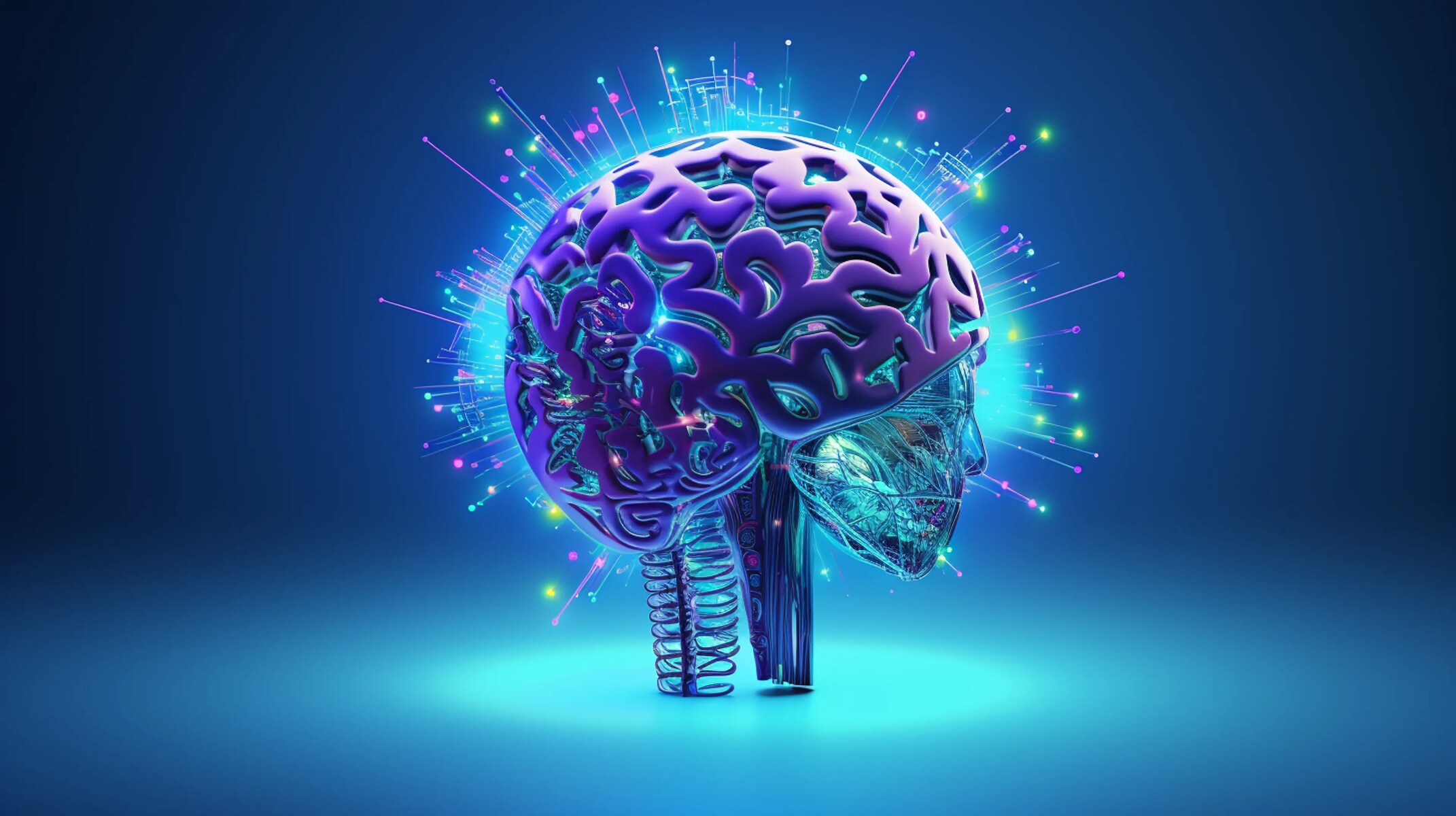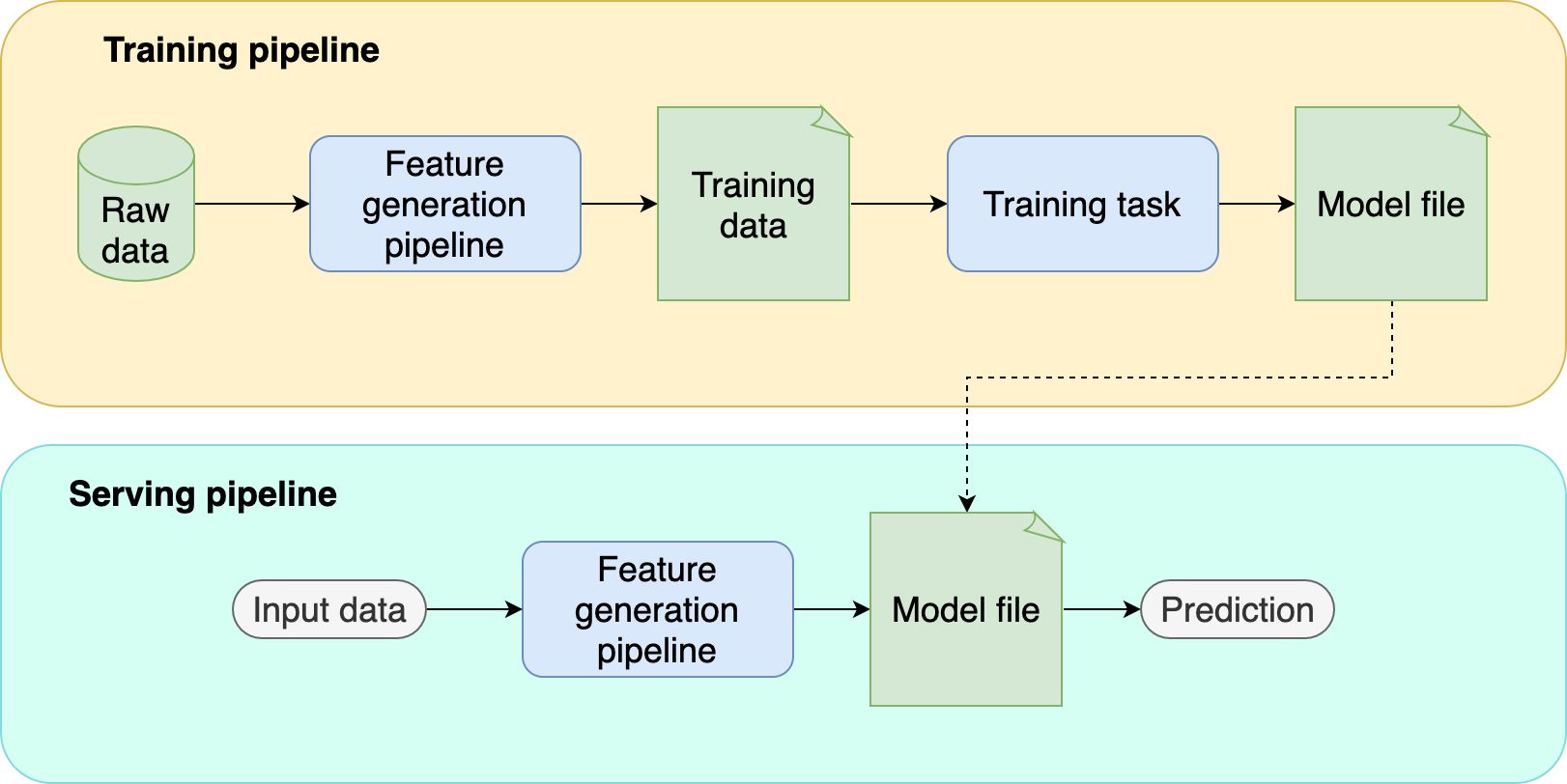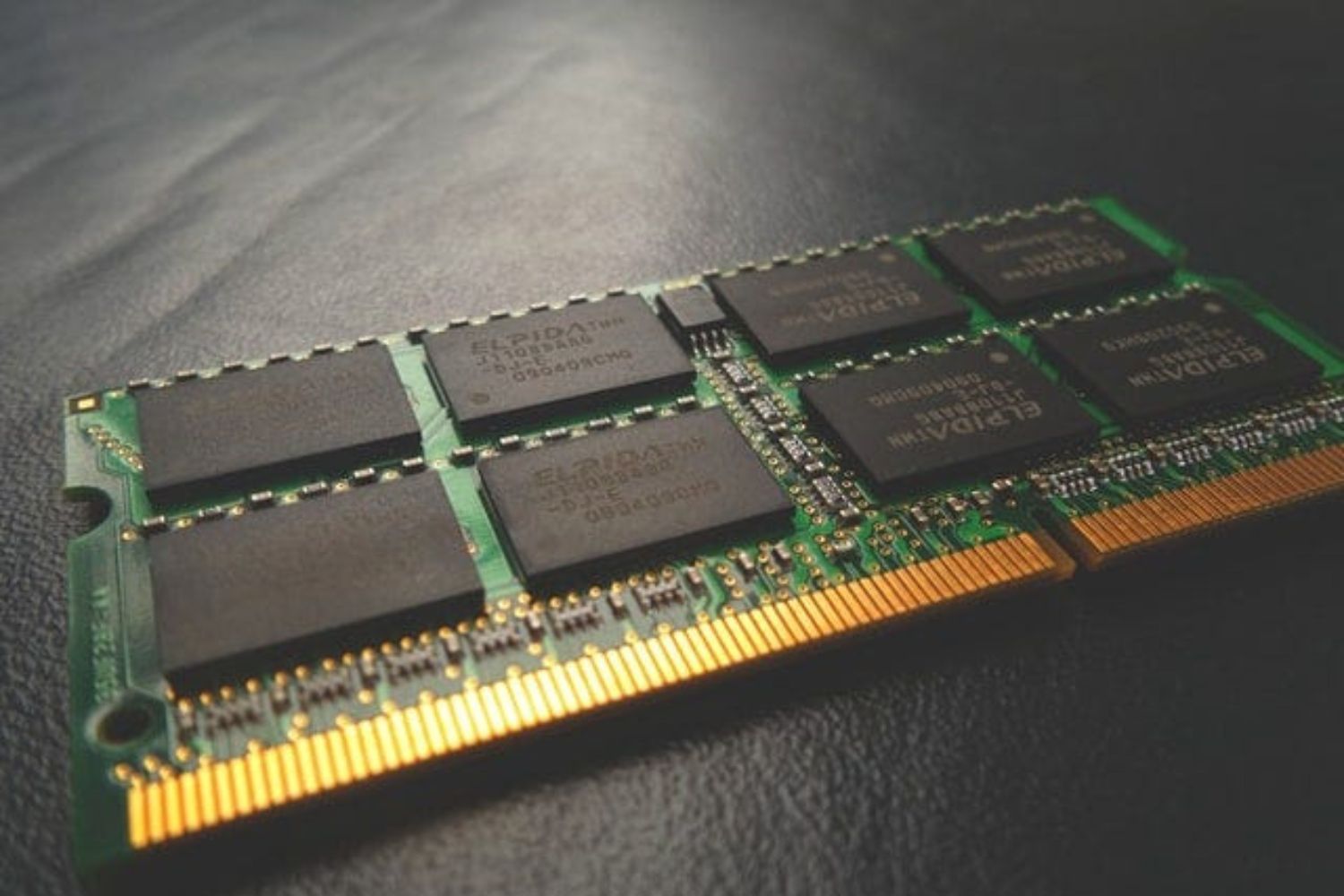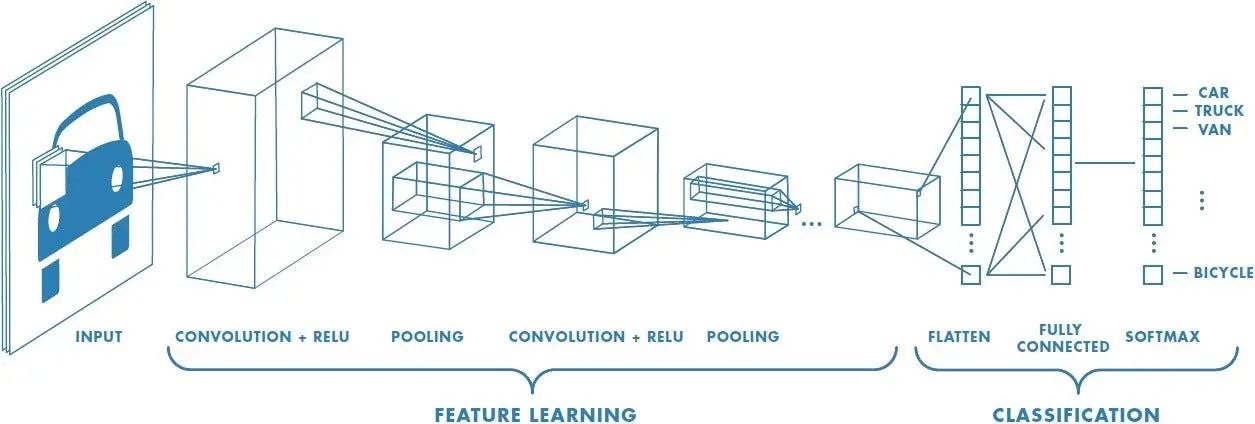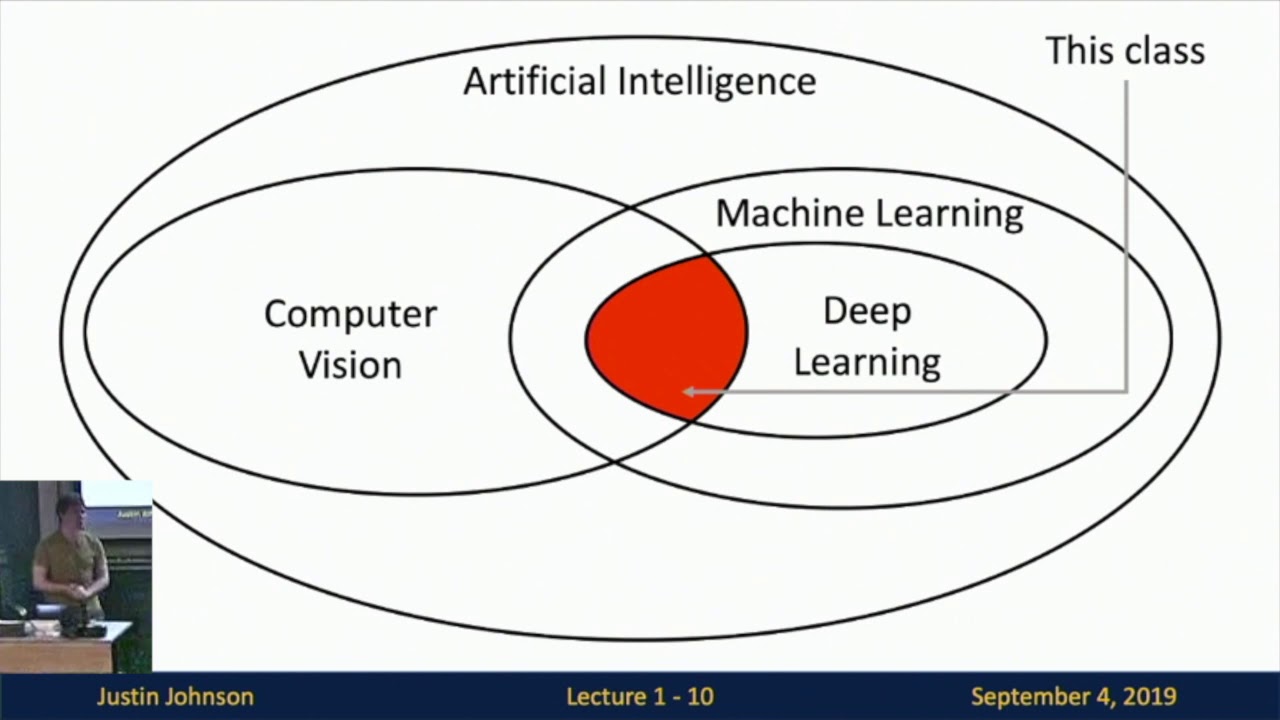Introduction
In the field of machine learning, data plays a vital role in training accurate and efficient models. However, not all datasets are created equal. In many cases, datasets may contain an imbalanced distribution of classes, where one class dominates the majority of the data samples while the other classes are underrepresented. This class imbalance can pose challenges when it comes to training models that can accurately classify different classes.
Downsampling is a technique used in machine learning to address the issue of imbalanced datasets. It involves reducing the number of samples in the majority class to match the number of samples in the minority class. By doing so, downsampling helps to create a more balanced distribution of classes in the dataset, which in turn improves the performance of machine learning models in classifying different classes.
Downsampling is widely used in various domains, including spam detection, fraud detection, medical diagnosis, and sentiment analysis. By balancing the dataset, downsampling enables machine learning algorithms to learn from a representative and unbiased set of samples, leading to better generalization and improved performance in classifying minority classes.
One of the key challenges in downsampling is to determine the appropriate ratio between the majority and minority classes. While reducing the samples in the majority class can help overcome the problem of class imbalance, it is essential to strike a balance to avoid losing valuable information and creating an overly biased dataset.
This article will explore the concept of downsampling in machine learning, its significance in dealing with imbalanced datasets, and various techniques used for downsampling. We will also discuss the evaluation metrics commonly used to measure the effectiveness of downsampling techniques and the advantages and disadvantages associated with this approach.
What is Downsampling?
Downsampling, also known as undersampling, is a technique used in machine learning to address the issue of class imbalance in datasets. Class imbalance occurs when the number of samples in one class significantly outweighs the number of samples in other classes. This imbalance can negatively impact the performance of machine learning algorithms, as they tend to favor the majority class and struggle to accurately classify the minority class.
Downsampling involves reducing the number of samples in the majority class to match the number of samples in the minority class. This rebalancing of the dataset ensures that each class has an equal representation, enabling the machine learning algorithm to learn from a more representative and unbiased set of samples.
During the downsampling process, randomly selected data points from the majority class are removed until the desired ratio between the majority and minority classes is achieved. This can be done by either removing data points randomly or by using specific downsampling techniques that take into account the relationships and characteristics of the data.
It is important to note that downsampling should be performed carefully, as it may lead to information loss. By reducing the number of samples in the majority class, certain patterns and features associated with that class may be underrepresented in the dataset. Therefore, finding the right balance between addressing class imbalance and preserving essential information is crucial.
Downsampling can be a useful approach when the available dataset is limited, and obtaining additional data is not feasible. Additionally, downsampling can help improve the training efficiency of machine learning models by reducing the computational resources required to process a large dataset.
Overall, downsampling provides a practical solution to tackle the class imbalance problem in machine learning by equalizing the distribution of classes in the dataset. By creating a more balanced dataset, downsampling enables machine learning algorithms to learn from all classes equally, resulting in improved performance and more accurate classification of minority classes.
Why is Downsampling Used in Machine Learning?
Downsampling is used in machine learning to address the issue of class imbalance in datasets. Class imbalance occurs when the number of samples in one class is significantly higher than the number of samples in other classes. This can be problematic as machine learning algorithms tend to be biased towards the majority class, leading to poor performance in accurately predicting the minority class.
Here are some key reasons why downsampling is used in machine learning:
Improved Model Performance: By downsampling the majority class to balance the dataset, machine learning models can be trained more effectively. This allows the models to learn patterns and features from both the majority and minority classes, leading to improved performance in classifying the minority class.
Prevention of Overfitting: Class imbalance can lead to overfitting, where machine learning models become overly sensitive to the majority class and fail to generalize well to new data. Downsampling helps prevent overfitting by reducing the dominance of the majority class, allowing the models to focus on learning from all classes equally.
Addressing Data Skewness: In many real-world scenarios, the occurrence of certain events or classes is naturally less frequent than others. Downsampling helps address the skewness in data distribution by creating a more balanced dataset, enabling machine learning models to make accurate predictions for all classes, including the minority class.
Reduced Biases: Imbalanced datasets can introduce biases in machine learning models, leading to biased predictions and decisions. Downsampling helps remove such biases by ensuring that all classes have equal representation in the dataset. This promotes fairness and reduces the risk of biased outcomes.
Resource Efficiency: Downsampling can also improve computational efficiency by reducing the size of the dataset. Training models on a smaller, balanced dataset requires fewer computational resources, resulting in faster model training and inference times.
By addressing the class imbalance problem, downsampling enhances the robustness and accuracy of machine learning models. It ensures that all classes are treated equally during training, leading to more reliable predictions and better utilization of available data.
Downsampling Techniques
There are several downsampling techniques used in machine learning to balance imbalanced datasets. These techniques aim to preserve the essential information and characteristics of the dataset while reducing the number of samples in the majority class. Here are some commonly used downsampling techniques:
Random Downsampling: In this technique, random data points from the majority class are removed until the desired class ratio is achieved. Random downsampling is simple to implement and does not take into account any specific patterns or relationships within the dataset.
Cluster-Based Downsampling: This technique involves identifying clusters within the majority class and removing data points from those clusters. By targeting specific clusters, cluster-based downsampling aims to retain the diversity of the dataset while reducing the dominance of the majority class.
Majority Downsampling: In majority downsampling, the majority class is divided into smaller subsets of equal sizes. Then, one subset is randomly selected, and the remaining subsets are discarded. This technique ensures equal representation of different portions of the majority class.
Stratified Downsampling: Stratified downsampling aims to maintain the class distribution in the reduced dataset similar to the original dataset. It randomly selects data points from each class proportionally to their original representation. This technique ensures that the reduced dataset accurately reflects the overall distribution of classes.
Adaptive Downsampling: Adaptive downsampling takes into account the difficulty or importance of each sample when deciding which samples to remove from the majority class. It assigns weights to each sample based on their significance and removes samples with higher weights to achieve balance in the dataset.
Each downsampling technique has its advantages and disadvantages, and the choice of technique depends on the specific characteristics of the dataset and the requirements of the machine learning problem. Experimenting with different techniques and evaluating their impact on model performance is crucial to finding the most suitable approach.
It is important to note that downsampling should be performed carefully to avoid information loss and potential biases. It is advisable to validate the effectiveness of downsampling techniques through appropriate evaluation metrics, which will be discussed in the next section.
Random Downsampling
Random downsampling is a simple yet effective technique used to address class imbalance in machine learning datasets. In this technique, random data points from the majority class are removed until a desired class ratio is achieved.
The process of random downsampling involves randomly selecting data points from the majority class and discarding them from the dataset. The number of data points to retain depends on the desired ratio between the majority and minority classes.
Random downsampling is straightforward to implement and does not require any specific knowledge about the dataset or its underlying patterns. By removing random data points, this technique helps to equalize the representation of different classes in the dataset, thus mitigating the imbalanced class distribution.
An advantage of random downsampling is its simplicity and speed. It does not involve complex computations or assumptions about the data. However, there is a risk of losing valuable information and potentially important samples during the downsampling process.
It is essential to consider the impact of random downsampling on the model’s performance. If the majority class contains crucial patterns or features, removing random samples may affect the ability of the model to classify accurately. Striking the right balance between addressing class imbalance and preserving valuable information is crucial.
Random downsampling can be a suitable approach in situations where the dataset is large, and the loss of some random samples from the majority class is acceptable. It can help reduce the computational resources required for training and improve model efficiency by creating a more balanced dataset.
It is important to note that random downsampling may not be the most effective technique for all datasets or machine learning problems. Other downsampling techniques, such as cluster-based downsampling or stratified downsampling, may be more appropriate in scenarios where there are specific patterns or relationships within the data that need to be preserved.
Overall, random downsampling provides a simple and efficient solution to address class imbalance in machine learning datasets. By reducing the dominance of the majority class, random downsampling helps create a more balanced dataset, allowing machine learning models to learn from all classes effectively.
Cluster-Based Downsampling
Cluster-based downsampling is a technique used to address class imbalance in machine learning datasets by identifying and targeting clusters within the majority class. This technique aims to preserve the diversity of the dataset while reducing the dominance of the majority class.
The process of cluster-based downsampling involves clustering the data points in the majority class based on certain similarity measures or distance metrics. Once the clusters are identified, data points are removed from those clusters until the desired class ratio is achieved.
Cluster-based downsampling takes into account the relationships and patterns within the dataset, ensuring that important clusters are preserved while reducing the overall number of samples from the majority class.
This technique is advantageous in situations where the majority class exhibits complex patterns and multiple subgroups. By preserving clusters, cluster-based downsampling helps to retain the diversity and characteristic patterns within the dataset.
One potential challenge in cluster-based downsampling is determining the appropriate number of clusters and deciding which clusters to remove data points from. This requires understanding the dataset and identifying clusters that are representative of the majority class while being less informative or potentially overlapping with the minority class.
Cluster-based downsampling can be computationally intensive, especially for large datasets with complex structures. However, it offers the advantage of preserving important patterns and relationships within the majority class, making it a valuable downsampling technique.
It is important to consider the impact of cluster-based downsampling on the model’s performance. Removing data points from specific clusters may affect the model’s ability to accurately classify certain instances, especially if those instances are crucial for the minority class.
Overall, cluster-based downsampling provides a more targeted and selective approach to address class imbalance in machine learning datasets. By identifying and removing data points from specific clusters, this technique helps create a more balanced dataset while retaining important patterns and characteristics of the majority class.
Majority Downsampling
Majority downsampling is a technique used to address class imbalance by dividing the majority class into smaller subsets of equal sizes. From these subsets, one is randomly selected, and the remaining subsets are discarded. The goal of majority downsampling is to ensure equal representation of different portions of the majority class.
By dividing the majority class into smaller subsets, majority downsampling helps in creating a more balanced dataset, allowing the minority class to have an equal opportunity during training. This technique ensures that the model does not favor a particular portion of the majority class, enabling it to effectively learn from both the majority and minority classes.
One advantage of majority downsampling is its ability to preserve the overall distribution of the majority class. Since one subset is randomly selected and the other subsets are discarded, the resulting dataset retains the class distribution of the original majority class. Thus, the downsampling process maintains the statistical representation of the majority class in the reduced dataset.
Another benefit of majority downsampling is its simplicity. It does not require complex computations or assumptions about the data. This makes it relatively easy to implement and understand, even for those new to class imbalance handling techniques.
However, there are a few considerations to keep in mind when using majority downsampling. Dividing the majority class into subsets may inadvertently exclude important samples or patterns from certain portions of the majority class. This can potentially lead to information loss or biases in the dataset.
Furthermore, deciding the appropriate number of subsets and randomly selecting one can impact the performance of the model. Choosing too few subsets may result in a dataset that is still imbalanced, while too many subsets may lead to excessive downsampling and potential loss of important information.
Despite these considerations, majority downsampling can be a practical approach when the goal is to create a more balanced representation of the dataset. By dividing the majority class into equal-sized subsets and randomly selecting one, majority downsampling promotes equal learning opportunities for all classes.
It is crucial to evaluate the impact of majority downsampling on the model’s performance and consider the specific characteristics of the dataset before applying this technique. Experimenting with different subset sizes and assessing the resulting model’s performance can help determine the optimal configuration for majority downsampling.
Stratified Downsampling
Stratified downsampling is a technique used to address class imbalance in machine learning datasets by preserving the class distribution in the reduced dataset. This technique aims to ensure that the reduced dataset accurately reflects the overall distribution of classes in the original dataset.
The process of stratified downsampling involves randomly selecting data points from each class proportionally to their original representation. This means that the number of data points selected from each class will be in proportion to the class imbalance in the dataset.
Stratified downsampling helps in creating a more balanced dataset while maintaining the statistical characteristics of the original data. By retaining the relative proportions of the classes, this technique ensures that the reduced dataset adequately represents the underlying imbalance in the data.
One advantage of stratified downsampling is that it helps in preserving the critical instances of both the minority and majority classes. By maintaining the relative proportions of the classes, the downsampling process is less likely to exclude important instances or patterns from either class.
Stratified downsampling is particularly useful when the dataset contains multiple classes with different levels of imbalance. It ensures that each class has a fair representation in the final dataset, preventing an overemphasis on the majority class or neglecting the minority class.
However, stratified downsampling can be computationally intensive, especially when the original dataset is large or highly imbalanced. The process of proportionally selecting samples from each class can require more computational resources compared to other downsampling techniques.
It’s essential to note that while stratified downsampling helps balance the dataset, it does not guarantee optimal performance in handling class imbalance. Depending on the specific characteristics of the dataset, other downsampling techniques such as cluster-based downsampling or adaptive downsampling may be more suitable.
When applying stratified downsampling, it is crucial to assess the impact on the model’s performance. The downsampling process may result in a loss of information or potential biases, particularly when the number of instances from the majority class is significantly reduced.
Overall, stratified downsampling provides a valuable approach to address class imbalance in machine learning datasets. By maintaining the class distribution in the reduced dataset, stratified downsampling ensures fair representation among classes and aids in mitigating the challenges posed by imbalanced datasets.
Evaluation Metrics for Downsampling
When implementing downsampling techniques in machine learning, it is essential to evaluate the effectiveness of the approach in addressing class imbalance and its impact on the performance of the model. Various evaluation metrics can be used to assess the quality of the downsampling process and the resulting performance of the machine learning model.
Here are some commonly used evaluation metrics for downsampling:
Accuracy: Accuracy measures the overall correctness of the model’s predictions. It is the ratio of correct predictions to the total number of predictions made. While accuracy is a useful metric, it may not be suitable for imbalanced datasets. In cases where the majority class dominates, a high accuracy score can be achieved by simply classifying all samples as the majority class.
Precision: Precision is the ratio of true positive predictions to the total number of positive predictions (true positive + false positive). It measures the accuracy of positive predictions. Precision is useful when the focus is on correctly identifying the minority class, as it indicates the proportion of correct positive predictions out of all positive classifications.
Recall (Sensitivity): Recall, also known as sensitivity or true positive rate, is the ratio of true positive predictions to the total number of actual positive instances (true positive + false negative). It measures the ability of the model to identify positive instances correctly. High recall indicates that the model is effective in capturing the minority class.
F1 Score: The F1 score is the harmonic mean of precision and recall. It provides a balanced measure of the model’s ability to correctly classify both positive and negative instances. The F1 score is useful when the class distribution is imbalanced, as it considers both the precision and recall of the minority class.
Receiver Operating Characteristic (ROC) Curve: The ROC curve is a graphical representation of the trade-off between the true positive rate (sensitivity) and the false positive rate (1 – specificity) at various classification thresholds. It can help determine the model’s performance across different thresholds, specifically in cases where the class imbalance affects the decision boundary.
Area Under the ROC Curve (AUC-ROC): The AUC-ROC is a numerical measure of the overall performance of the model across all possible thresholds. It provides a single value that summarizes the model’s ability to correctly classify instances of both the majority and minority classes. A higher AUC-ROC score indicates better discrimination between the classes.
These evaluation metrics help assess the impact of downsampling techniques on model performance and determine the effectiveness of the approach in addressing class imbalance. Selecting the appropriate evaluation metrics depends on the specific requirements of the machine learning problem and the significance of correctly classifying the minority class.
Advantages and Disadvantages of Downsampling
Downsampling is a technique commonly used in machine learning to address class imbalance in datasets. It offers several advantages, as well as some potential drawbacks. Understanding the advantages and disadvantages of downsampling is crucial in making informed decisions when applying this technique. Here are some key advantages and disadvantages of downsampling:
Advantages:
1. Overcoming Class Imbalance: The primary advantage of downsampling is that it helps in addressing class imbalance by equalizing the representation of different classes. This allows machine learning models to learn from all classes more effectively and prevents biases towards the majority class.
2. Improved Model Performance: Downsampling can lead to improved model performance, especially for imbalanced datasets. By creating a more balanced training set, downsampling enables the model to better capture the characteristics and patterns of all classes, leading to more accurate predictions for both the majority and minority classes.
3. Resource Efficiency: Downsampling can also enhance the computational efficiency of the training process. By reducing the size of the dataset, downsampling reduces the computational resources required for model training, such as memory and processing power, resulting in faster training and inference times.
Disadvantages:
1. Information Loss: Downsampling may result in the loss of valuable information. Removing samples from the majority class can lead to the loss of important patterns or features that are representative of that class. It is crucial to strike a balance between addressing class imbalance and preserving essential information.
2. Biased Representation: The downsampling process can introduce biases if not carefully implemented. Randomly selecting samples from the majority class or using specific downsampling techniques may unintentionally introduce biases that affect the model’s ability to generalize to new data. It is important to assess the impact of downsampling on bias and fairness in the dataset and model.
3. Complexity in Selection: Choosing the appropriate downsampling technique and determining the optimal class ratio can be challenging. Different downsampling techniques may yield different results and have varying effects on model performance. Experimentation and careful evaluation are required to select the most suitable technique for a given dataset.
Understanding the advantages and disadvantages of downsampling can guide data scientists and machine learning practitioners in making informed decisions when dealing with class imbalance. It is crucial to carefully evaluate the specific characteristics of the dataset and consider the trade-offs associated with downsampling, taking into account the goals and requirements of the machine learning problem at hand.
Conclusion
Class imbalance is a common problem in machine learning, where one class has significantly more samples than others. Downsampling techniques provide a valuable solution to address this issue by reducing the dominance of the majority class and creating a more balanced representation of the dataset. Through downsampling, machine learning models can learn from all classes effectively, leading to improved performance in classifying both the majority and minority classes.
Various downsampling techniques, such as random downsampling, cluster-based downsampling, majority downsampling, and stratified downsampling, offer different approaches to achieve class balance. Each technique has its advantages and disadvantages, and the choice depends on the specific characteristics of the dataset and the goals of the machine learning problem.
When implementing downsampling, it is crucial to evaluate its impact on model performance using appropriate evaluation metrics such as accuracy, precision, recall, F1 score, ROC curve, and AUC-ROC. These metrics help assess the quality of the downsampling technique and determine the effectiveness of the approach in handling class imbalance.
It is important to be aware of the potential challenges of downsampling, such as information loss, biases, and complex selection decisions. Striking the right balance between addressing class imbalance and preserving important patterns and features is crucial in achieving optimal results.
Overall, downsampling provides a powerful tool to address class imbalance in machine learning datasets. By creating a more balanced representation of the data, downsampling enables models to learn from all classes, leading to enhanced performance and fairer predictions. As the field of machine learning continues to evolve, employing appropriate downsampling techniques will remain a valuable strategy in handling class imbalance challenges.









